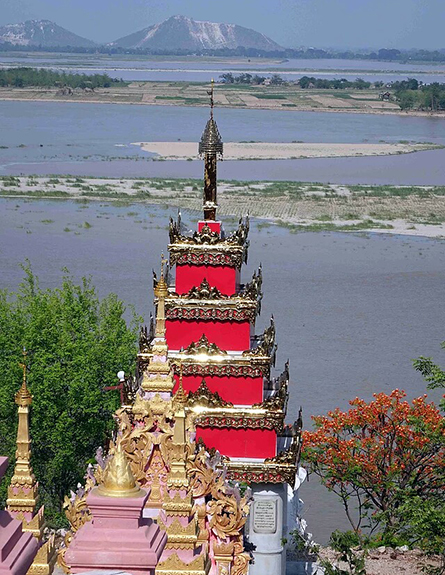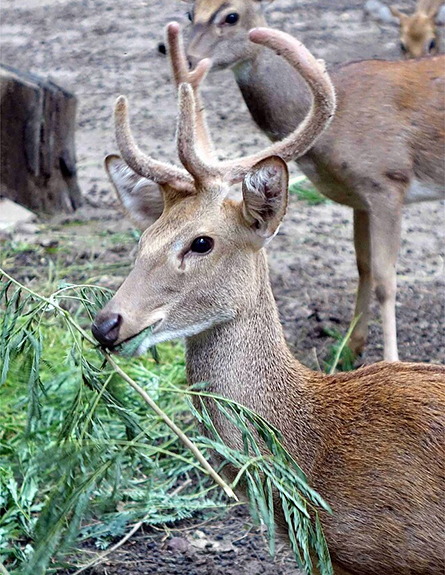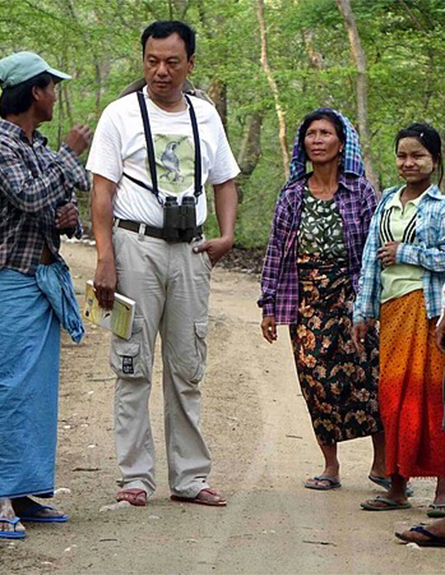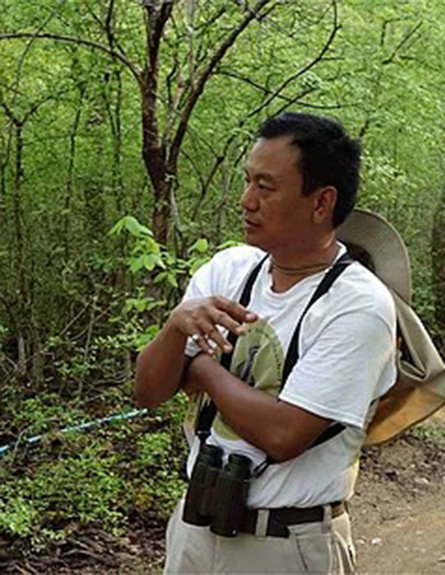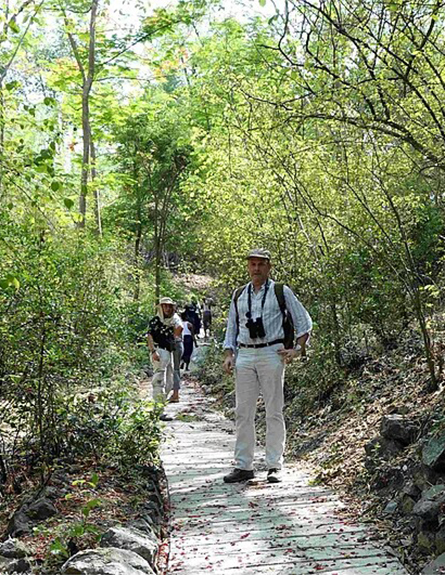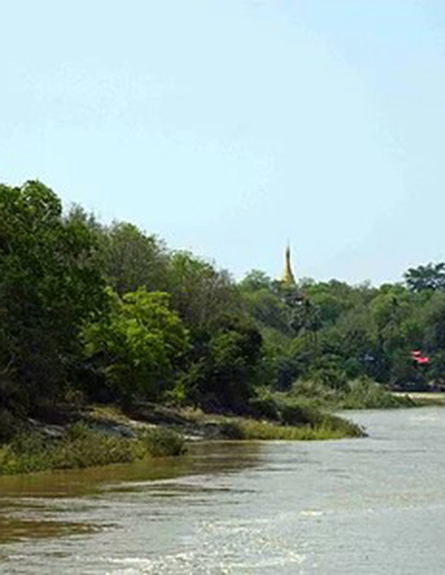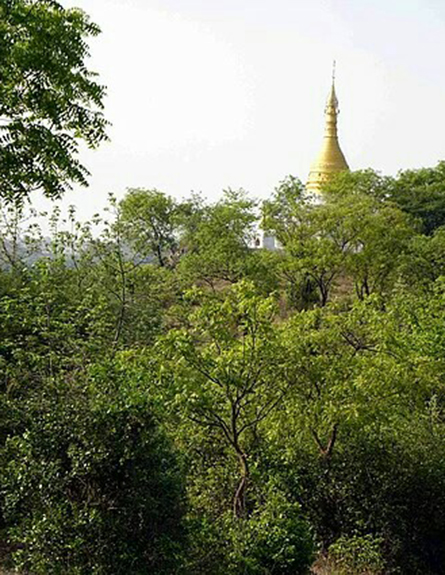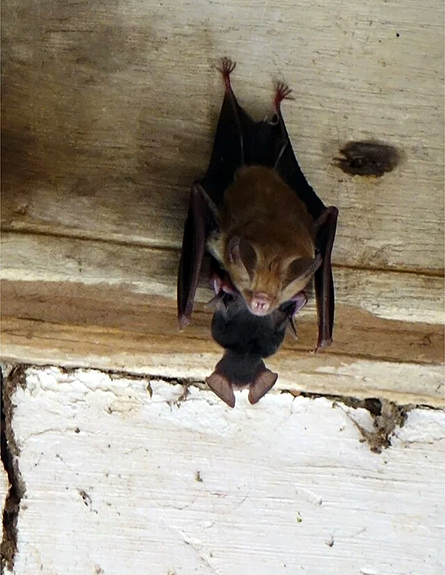Grow Back for Posterity
community-based solutions for wildlife conservation
Tawyagyi Wildlife Sanctuary
Sagaing Division, Myanmar (c.o. 22°17’N 95°59’E)
To learn more, please watch the short MRTV documentary
One of GBP's principal projects is in the Tawyagyi Wildlife Sanctuary. Here. GBP is working to improve the existing natural forest, protect the wildlife, support the local community, and leave a legacy for the new generation.
Founded by King Mindon in 1852, Tawyagyi Wildlife Sanctuary has an area of 334 acres and is Myanmar's oldest protected area. It is located about 40 km north of Mandalay on the Ayeyawady River.
The Sanctuary is a 'high priority' KBA (Key Biodiversity Area). The vegetation is dry broad leaf forest, which has a regionally outstanding biological distinctiveness and a conservation status of ‘critical’ (Terrestrial Ecoregions of the Pacific, 2002). Elsewhere, this biome is under intense threat and has been extensively deforested with land converted to agricultural and urban use.
GBP instigated a 'Trees Forever' programme, which has seen tree planting in those areas of Tawyagyi Wildlife Sanctuary that are currently degraded (see 'Gallery' for photographs of this and other work).
In Tawyagyi, the forest is home to 30 globally endangered Eld’s deer (Rucervus eldi). This species has a restricted and rapidly declining range in SE Asia. It is also home to the endangered Yellow-headed tortoise (Indotestudo elongata).
Amongst many other potentially interesting taxa, the forest is thought to include two birds species, the hooded treepie (Crypsirina cucullata) and white-throated babbler (Turdoides gularis), which are endemic to Myanmar, and small carnivores like Asian golden cat (Catopuma temminckii) and leopard cat (Prionailurus bengalensis).



